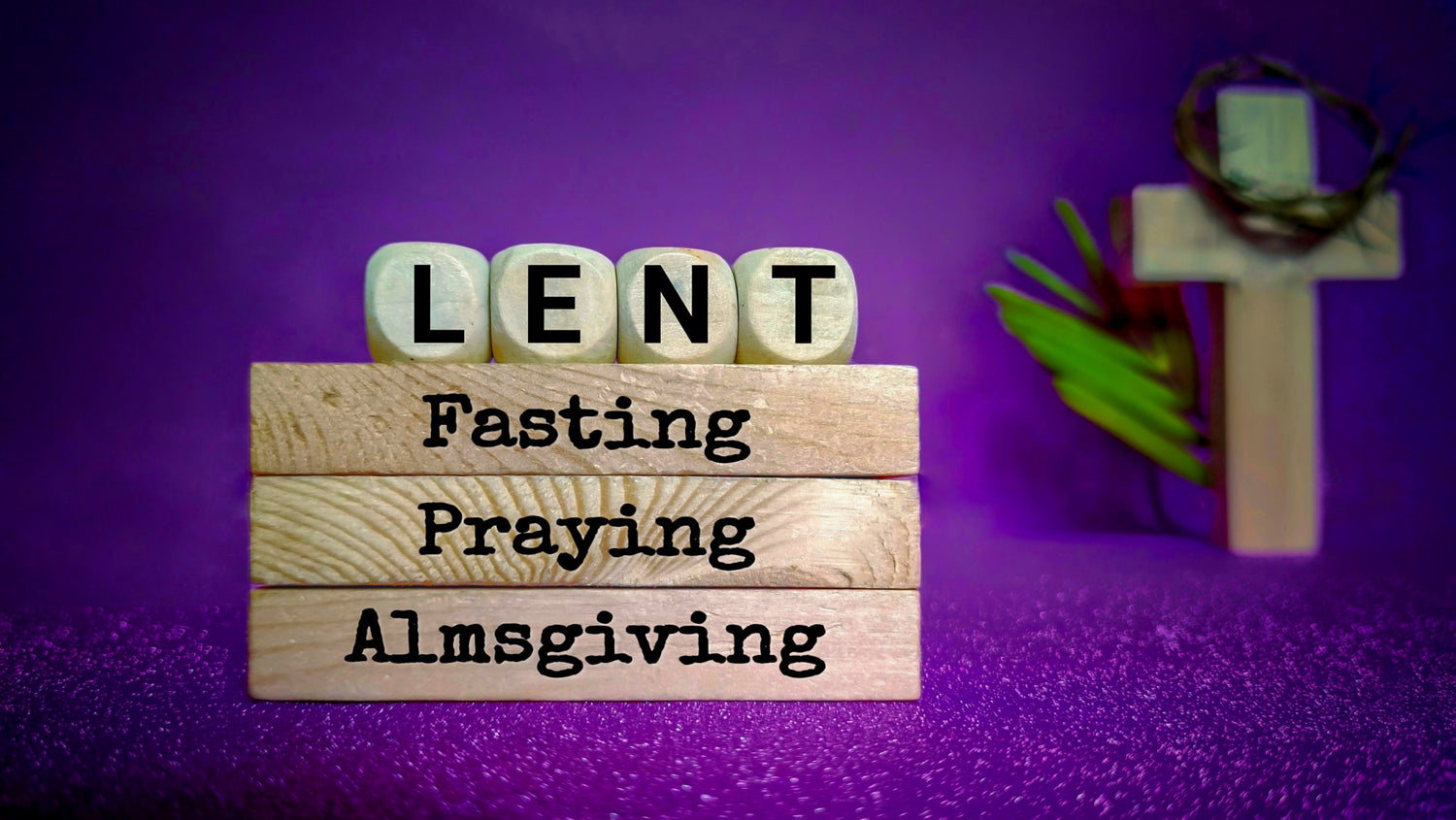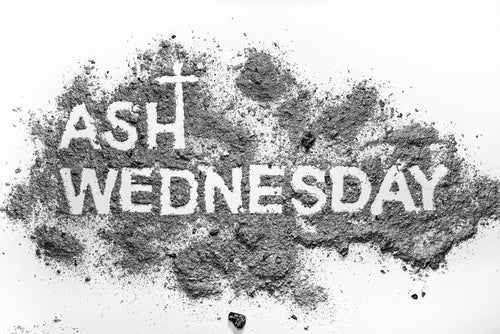
By Colleen Pressprich
Prayer, fasting, and almsgiving are the three pillars of Lent, meant to guide us deeper into this penitential season. As adults, this can come naturally to us, but when it comes to explaining it to our children and engaging them in the activities, that can be trickier.
To begin with, let’s look at the definitions of each of these words and how they apply to Lent.
Prayer: The Catechism of the Catholic Church defines prayer in a particularly beautiful way, saying, “Prayer is the rising of one’s mind and heart to God or the requesting of good things from God.” (CCC 2559) In short, prayer is how we communicate with God. During Lent, we are called to increase our prayers, to raise our hearts and minds more often to the Lord as we prepare to celebrate His Passion.
Fasting: Fasting is a practice of giving up something, usually food, as a penance. Latin Catholics ages 18-59 are obligated to fast from food on Ash Wednesday and Good Friday. Oftentimes, as part of our Lenten practices, we will fast from a particular activity or treat in addition to fasting from food as a way to draw closer to God and offer a sacrifice to Him.
Almsgiving: Almsgiving is the giving of money or goods to those in need. It is an act of fraternal charity directed towards our brothers and sisters in Christ, and a “work of justice pleasing to God” (CCC 2462).
Engaging Our Children in The Pillars of Lent
As we build our domestic churches, it is important to make our children part of the process. Lent provides a particularly wonderful opportunity to do this as prayer, fasting, and almsgiving are all very concrete tasks, making them accessible to even small children.
Here are a few of the ways that we engage our children in the three pillars of Lent.
Prayer
Our family’s favorite Lenten activity is the crafting of a prayer chain. On Fat Tuesday, we sit down and brainstorm 40 people we will pray for over Lent. The kids add the names of those they love, and I’m often surprised at their thoughtfulness. Then I write down each name on a purple strip of construction paper. All the strips go into a jar, and each morning we pull a name. We pray for that person in the moment and throughout the day and make the strip a link in the chain. At the end of Lent, we have a beautiful paper chain of prayers that decorates our dining room for Easter dinner.
Fasting
Though children are exempt from food fasting (and should be because their bodies are growing), they can still choose an item to “fast” from during Lent. For us, we help our children to decide what they’ll give up and explain that giving up whatever it is, it’s meant to draw them closer to Jesus. So perhaps a child will fast from candy, and when they want something sweet, they will remember Christ on the cross and will say a prayer. Or another child will fast from snarky comments to siblings, offering the training of their mouths as an opportunity to grow in charity.
Almsgiving
Another favorite activity during Lent in our family is the filling of the Sacrifice Jar. At the beginning of Lent, we place an empty mason jar on our counter, and any child who makes a sacrifice is allowed to place a penny in it. Sacrifices range from giving up a favorite toy to completing a sibling’s chore. The kids work hard to fill the jar up, and then at the end of Lent they very proudly bring their jar of sacrifices to Church to add to the collection.
Whatever practices your family chooses, whether large or small, this Lent, the important thing to remember is that any choices are meant to draw us closer to our suffering Lord.




